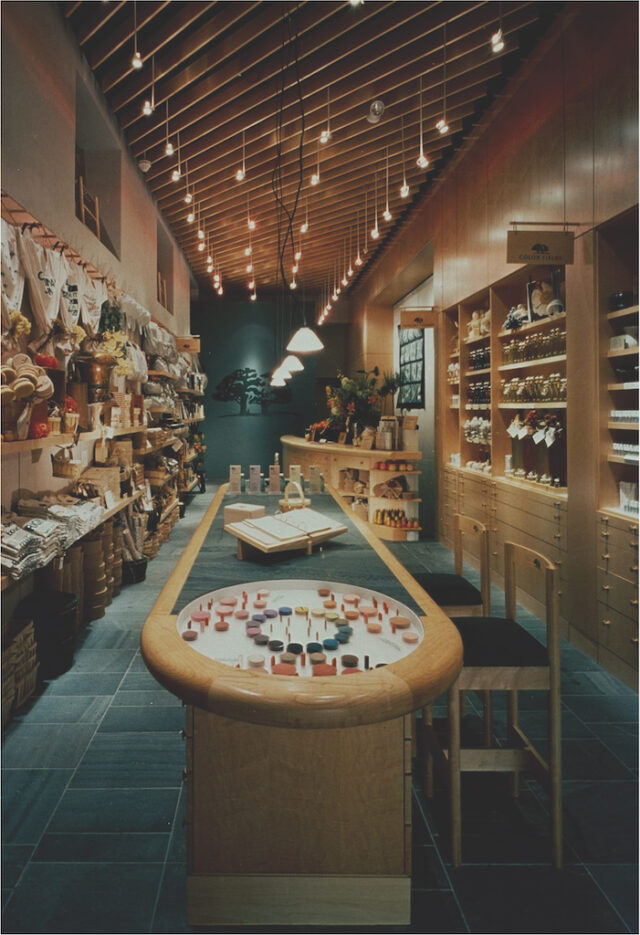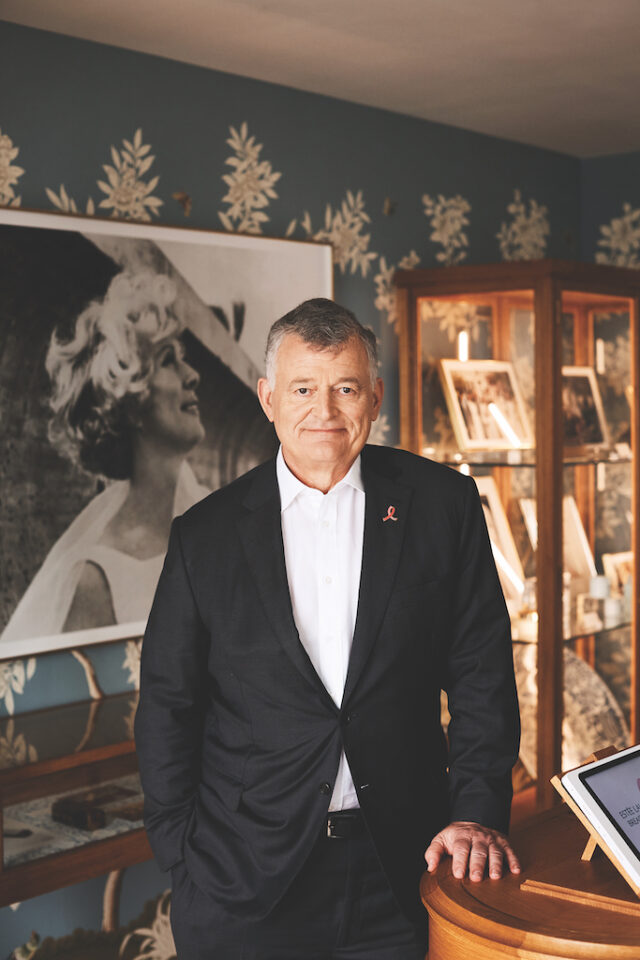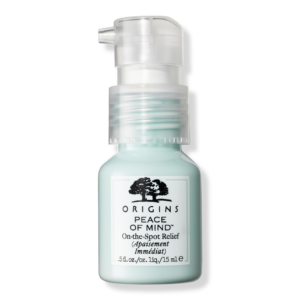
By Ray Rogers
Ray Rogers: The concept of holistic wellness and natural skin care is everywhere now, but when Origins came about, it was pretty early on in the game. What gave you and the company the impetus to explore this path of natural ingredients in skin care?
William Lauder: I grew up in the outdoors—summer camp in Maine, canoeing and hiking all over the place—and now I’m an avid skier and mountain biker. I’ve always felt a connection to the natural world. When I was quite young, in my mid-to-late 20s, I started working on a project with some colleagues, talking and thinking about how we could create naturally based products that were different from what was out there already, and that spoke to that consumer’s need and desire for natural holistic products that made them feel good by using essential oils and natural ingredients.
RR: The brand has had some really innovative strategies in how it presented itself. Can you talk a little bit about that and how you helped to grow the brand?
WL: First, I felt that our capability and competency was in the prestige arena. There was a gap in the marketplace for us to open our own stores in places that didn’t have a department store, where most consumers bought their prestige beauty. And that turned into a whole other thing, where first we got some pushback from department store partners, but ultimately it helped us to define the image of our brand on our terms, be masters of our own destiny. And then we started taking condensed versions of our own store and putting them in department stores.

RR: Tell me a little bit about the formation of the Origins Biotech Discovery Labs, and the role it has played in the formulations.
WL: We were working with some very interesting people who were doing work in France as well as in our own lab here in North America, trying to take essential oils and understand the activity level of these essential oils on the skin, and how we’d make the skin feel, or how it would make you feel. One of the things we found was that instead of using single ingredients, a mixture of ingredients was better.
One of our in-store promotions featured huge burlap sacks filled with sachets of our dry sleep mixture made with different essential ingredients, and you could take one home with you to help you sleep. This reinforced the credibility of the science that comes from understanding how the ingredients work together.
RR: There’s a line that you have called Plantscription—even just the name of that says a lot.
WL: Exactly.
RR: Tell me about your work with Dr. Andrew Weil. The healing properties of mushrooms are being used for all kinds of things now, and people are very excited about this new growth sector and how it might help us in lots of different ways. This is another area where you were way ahead of the game.
WL: We’ve been partnered with Dr. Weil for more than 20 years. I had the opportunity to hear him speak at a conference a few decades ago, and I thought that what he was saying was really fascinating. He’s sort of an iconoclast. He may have grown up traditionally educated in the medical world, but then he went in a somewhat different direction. When we started talking about a collaboration, we came upon the Mega-Mushroom idea using the active ingredients within mushrooms. I like to believe we were ahead of our time because this is something that’s been a part of our offering for 20 years now.
RR: What’s the next big growth area that you’re excited about bringing to consumers?
WL: Sensory indulgence. When we’re born as humans, the most developed of our senses is the sense of the smell. Being exposed to certain smells brings back memories—I still remember the way my grandmother’s house smelled. So how do we bring that sensory piece into our everyday routine?

RR: Does your product Peace of Mind fit into what you’re talking about?
WL: Oh, yeah. Peace of Mind has been part of the brand since we launched. Consumers would try it in store as they walked by, and then they’d come back five minutes later and say, “What was that you gave me to try? It feels really great.” That was, if you will, our validator: “Hey, what we have is new, unique and different, but you should try this because it really works.”
RR: Since this is the month of October, let’s talk about the Estée Lauder Company’s breast cancer campaign, which was founded, of course, by your mother, Evelyn H. Lauder. Can you tell me a little bit about carrying on her legacy as the global ambassador for the campaign?
WL: I’m very proud of our breast cancer campaign and other initiatives that are able to use our platform as a company to not just sell a lot of lipstick, but actually do good. I have a pink ribbon on the lapel of every one of my jackets, and I can’t tell you the number of times over the last 30-plus years that somebody has come up to me to say that they had breast cancer, or their mother or sister or daughter had breast cancer, and were successfully treated. How meaningful. And to me, that’s a part of who we are as a company: We don’t just sell a lot of lipstick. Yes, we do sell a lot of lipstick, but we’re doing good with what we have because it makes a difference in people’s lives.
RR: What enlivens you about this line of work today, several decades into it?
WL: We do business all around the world, so I have the opportunity to see what cultures are like and learn about what’s going on, which is just fascinating to me. It keeps me energized. esteelauder.com





